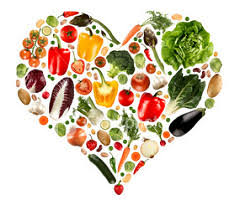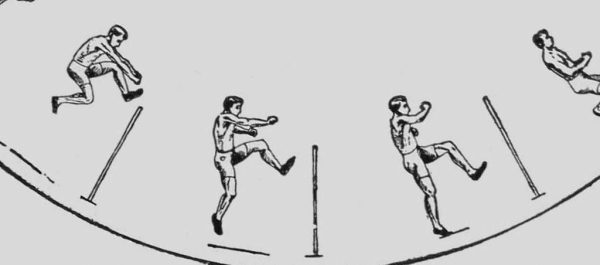Living Fit
Back to the basics: The Paleo Diet

Trainingforwarriorsportland.com
Arranged in an array of colors, pictured are raw, wholesome fruits and vegetables, many of which have been grown for centuries. The Paleo Diet, inspired by the lifestyle of ancient humans, includes eating foods like these, along with grass-fed meats, seafood, nuts, seeds, and healthy oils.
October 29, 2018
The human genetic composition has undergone fairly little change over the past forty thousand years; in fact, the human genome has changed less than 0.2% since the dawn of hunter-gatherer societies. The modern approaches to food production, including overly processed foods, genetically modified organisms, and other harmful methods of food technology use, are changing our health as we know it. In order to obtain positive health status to our full potential, ancient human diets can be revisited to accomplish the effects of a wholesome diet.
The Paleo Diet is a popular modern diet that challenges adherents to eat only foods that can be hunted or gathered, similar to the diets of cavemen during the Paleolithic era. This means consuming all natural, mostly unprocessed food items, which translates to only grass-fed meats, seafood, fresh fruits and vegetables, eggs, nuts, seeds, and healthy oils. Making these changes in one’s diet often results in a higher intake of protein, fiber, vitamins, minerals, antioxidants, and plant phytochemicals; as well as a lower intake of carbohydrates and sodium. It replaces modern foods with a high glycemic index with fruits and vegetables, which reduces the total glycemic sugar load. This lowers the risk of negative health outcomes, including diabetes and cardiovascular disease. The Paleo Diet has also been proven to boost adherents’ metabolism. Miley Cyrus, Anne Hathaway, Matthew McConaughey, and Jessica Biel have all tried Paleo, and an estimated couple million Americans eat according to the diet. The trend is catching on, but is it really worth it?
Having followed the Paleo Diet for six months earlier this year, I can testify to experiencing more positive moods and essentially feeling better in terms of energy. I also noticed clearer skin and a stronger immune system. Grocery shopping and meal planning were made simple in the sense that I knew my limits. However, meal planning is best done about a month in advance, and meal preparation at the beginning of each week is also helpful in creating more free time throughout the remainder of the week. Grocery shopping became relatively difficult, and I found myself having to read ingredient labels carefully. Similarly, dining out required precise menu orders, excluding or adding ingredients to a dish.
The Paleo Diet offers a way of eating that returns to the foundations of foods consumed by humans. “I’ve researched different diets just because I was interested in learning about different new things, and I came across the Paleo Diet. I’ve heard from one of my friends on the diet that you have to cut out a lot of processed food and that it’s overall better for your body. I totally agree with only eating good things!” junior Bernadette Rodts explained. There are many other ways around the standard American diet, including the Whole 30 Diet, intermittent fasting, and the Ketogenic Diet. While they are not for everyone, the Paleo Diet and these alternatives are smart ways to achieve a healthy lifestyle, despite contemporary food technologies developing negative processing methods.











